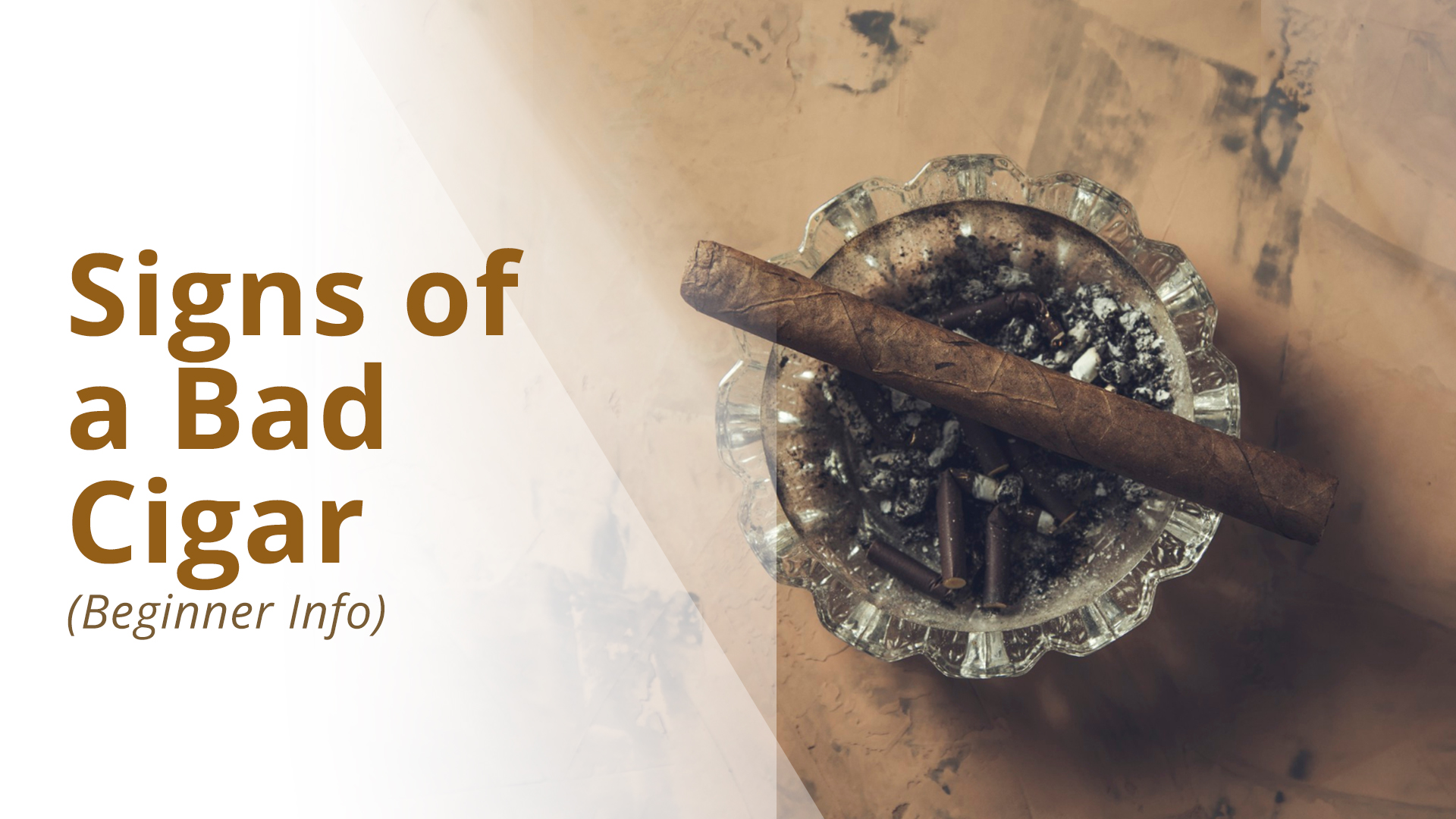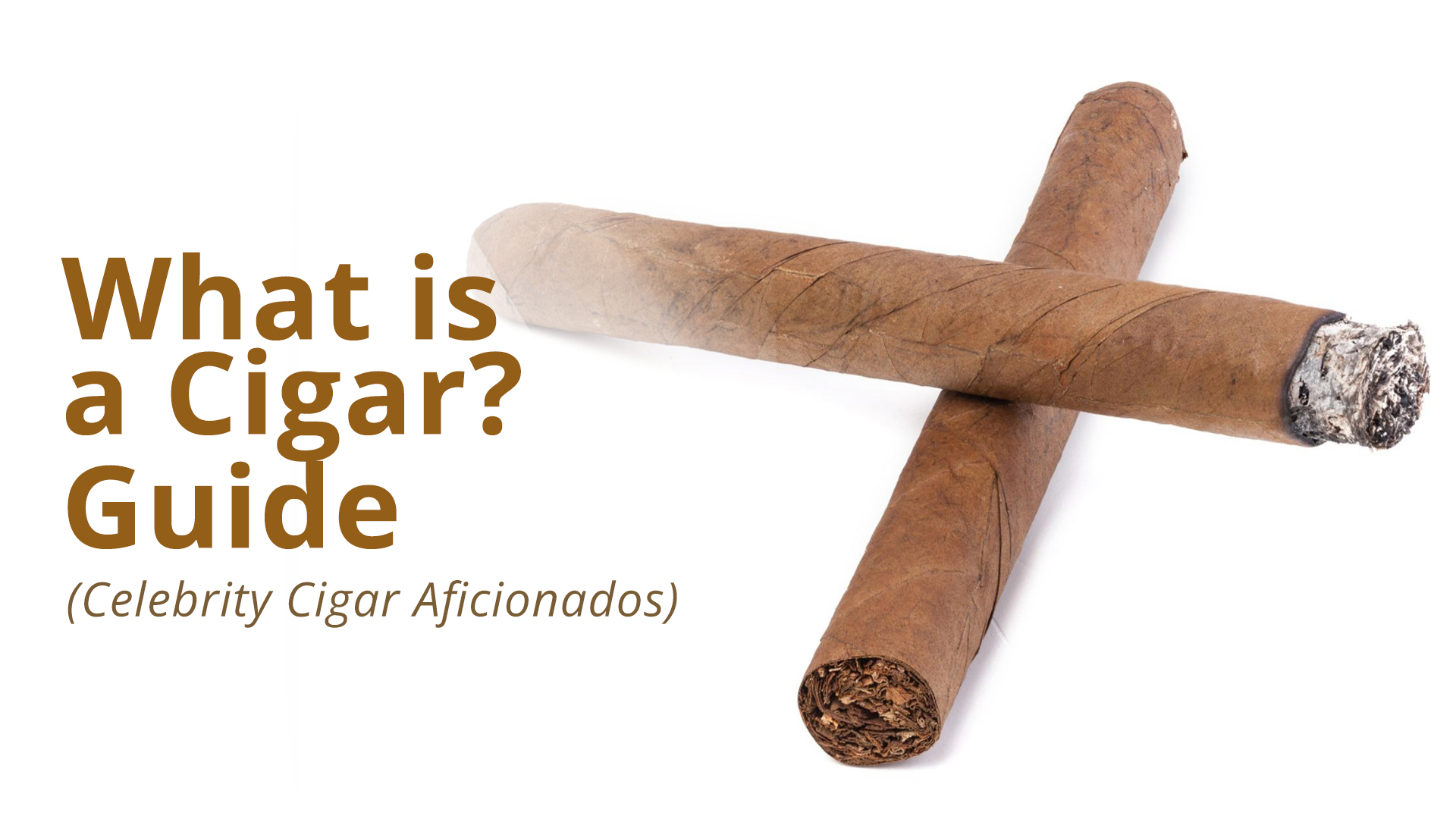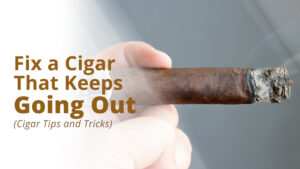We’ve all been there; you’re ready to enjoy a relaxing moment with a fine cigar, only to discover that it might not be in the best condition.
Identifying a bad cigar can be tricky. But it’s paramount for a delightful smoking experience.
We’ll share five telltale signs if your cigar has gone bad, so you can avoid the disappointment of subpar smoke.
Gently Squeeze the Cigar: The Pinch Test
The first thing you should do when inspecting a cigar is to perform the pinch test.
Gently squeeze the cigar between your thumb and pointer, running your fingers along the length of the cigar.
A fresh cigar should feel firm yet slightly springy to the touch.
Does it feel too stiff or overly soft? It might indicate that it is either too dry or too moist.
In both cases, the taste and burn quality may be compromised.
Be cautious not to squeeze too hard, as you don’t want to damage the wrapper or the tobacco inside.
If the cigar is dried out, you may need to rehydrate it.
Keep an eye on the cigar’s condition, and be patient, as rehydration can take some time.
On the other hand, if the stogie is over-humidified, you should consider dry boxing it.
What is dry boxing? It involves placing the stogie in an empty cigar box or a humidor with lower humidity levels for a short period to allow it to release some excess moisture.
This technique helps restore the cigar’s ideal smoking condition without risking over-drying.
Plume or Bloom vs. Mold
It’s essential to understand the difference between plume and mold when inspecting a cigar.
Plume, contrary to popular belief, is a form of mold that appears on the wrapper surface due to the crystallization of the cigar’s essential oils.
It manifests as a fine, white, powdery substance on the cigar’s surface.
Aficionados consider it as a sign of proper aging.
Plume can be easily wiped off with a cloth. It doesn’t negatively impact the flavor and nicotine content.
On the other hand, mold is a fungal growth that can harm the cigar and the smoker.
Mold typically appears as a fuzzy, green, blue, or gray substance on the cigar’s surface.
If you spot mold on your cigar, it’s best to discard it, as smoking moldy cigars can be hazardous to your health.
To prevent mold growth, ensure your humidor maintains the right humidity levels and regularly inspect your cigars for any signs of mold.
Stale vs. Mild Tobacco Scent
Fresh cigars will typically have a rich and pleasant tobacco aroma, which can be a good indicator of their quality.
Gently smell the cigar’s foot (the end you light) to assess the scent.
A fresh cigar will emit a mild to robust tobacco scent with notes of cedar, earth, or other underlying flavors.
In contrast, a stale or rancid cigar may have a weak, musty smell or even an off-putting odor.
If the cigar smells moldy or has a stale aroma, it’s best to avoid smoking it.
The flavors will likely be disappointing.
Taste the Cigar
Now, let’s talk about tasting test. No, we don’t mean lighting it up just yet!
You can actually get a sense of a cigar’s quality by tasting the unlit end (the cap).
Here’s how we do it: gently moisten the cap with your lips and take a few cold puffs.
Remember, we’re not lighting it yet – we just want to get a feel for the flavors.
As you ignite, it should unveil a symphony of rich, harmonious flavors, creating a captivating and satisfying experience.
While bad cigars may leave a bitter, sour, or stale taste in your mouth.
If the taste is off or unappealing, it’s likely that the cigar has gone bad.
The Draw
The draw of a cigar, or how easily you can pull air through it, can be another indicator of its quality.
To test the draw, place the unlit end in your mouth and take a gentle puff.
A good cigar will have a smooth, even draw. While a bad one may be difficult to draw air through.
How to Tell If a Cigar is Bad FAQs
Is it OK to smoke old cigars?
Yes, it is generally OK to smoke old cigars, provided they have been appropriately stored in a humidor.
Aging can enhance the flavors and complexity of a cigar. Still, poor storage conditions can lead to a bad or stale cigar.
How long does it take for a cigar to go bad?
The time it takes for a cigar to go bad depends on storage conditions.
If stored correctly in a humidor at the right temperature and humidity levels, cigars can last for years or even decades.
However, a stogie can go bad within days or weeks if exposed to extreme temperatures or humidity.
Is a 5-year-old cigar still good?
A 5-year-old stick can still be good if stored correctly in a well-maintained humidor.
In fact, many premium cigars can improve with age, resulting in a more refined and complex flavor profile.
Do cheap cigars go bad?
Yes, cheap cigars can also go bad if not stored correctly.
Proper storage in a humidor is crucial for maintaining the freshness and flavor of all cigars, regardless of their price.
How can I prevent cigars from going bad?
Store cigars in a humidor at the right temperature (65-70°F) and humidity levels (65-70% RH) to prevent them from going bad.
Regularly monitor and adjust these conditions as needed.
And avoid exposing cigars to direct sunlight or rapid temperature fluctuations.




